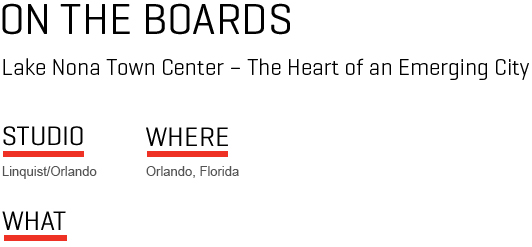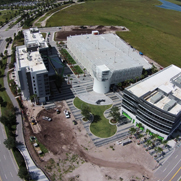Are we living in a throwaway culture where everything is temporary, or does planned obsolescence lead to ever-improving goods and services?
Every day, new trends surface and old ones end – from cell phones and diapers to buildings and roadways – suggesting that today’s products have defined life spans. However, in making items easily replaceable or disposable, society is presented with a ‘pay now’ or ‘pay later’ scenario.
Evolutionary thinking does lead to advancements in technology, product innovation, and manufacturing efficiencies that improve quality of life. Take for instance the light bulb. If it had been designed to never burn out, the cost would have hindered the spread of electric lighting and power. In this instance, the decision to ‘pay later’ outweighed the benefits of ‘paying now’. Technology is now reversing that thinking with LEDs and other alternatives.
Consider however, that in many cultures, 500 even 1,000 year-old buildings are still functioning. Italy for example, has survived two world wars, political revolutions, and economic turbulence, yet its historic villages remain relevant today – a clear expression of a civilization that designed with composition, urban form, hierarchy, and longevity in mind. The grand vision of the Romans and their investment in infrastructure has balanced the now-or-later equation and made much of the preservation of Europe possible. Aqueducts and avenues now serve as the conduits for fiber-optics, advanced sewage systems, utility pipelines, and more. Such preservation has also influenced Europe’s rapid adoption of green technologies and practices to place less stress on aging or already retrofitted infrastructure.
New initiatives also follow this approach. Innovative systems now include renewable energy sources such as photovoltaics and wind turbines; grey water reuse; and designs that are more resilient to natural disasters. Planning concepts such as co-location seem to mimic the complexity of ecological systems, advancing connectivity for new roadways, bridges, and even utilities, all for the purpose of sustaining population growth and community density. In emerging markets like India, development is focused on major infrastructure that will serve the cities today and for hundreds of years to come. The choice to ‘pay now’ is crucial in creating sustainable metropoles for one of the world’s most populous countries.
On the other hand, deliberately designing elements to become obsolete can ensure optimum safety, reduce environmental impact, set sustainable limits on materials, allow for better control of economic resources, and help avoid over-design. While the reality and impact of such obsolescence may never be quantifiable, there is room for both methodologies.
Darwin suggested ‘it is not the strongest or most intelligent of the species that survives, but rather the most adaptable’. With proper planning and long-range visioning, our work can positively influence society with design that is flexible and therefore neither aesthetically nor functionally compromised by the passage of time.
For more information please reach out to us at info@edsaplan.com.









